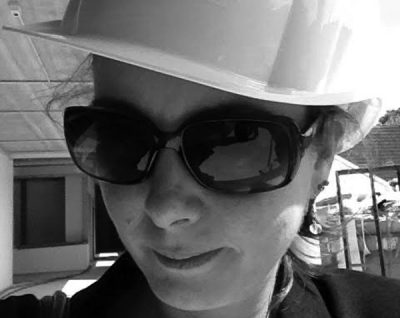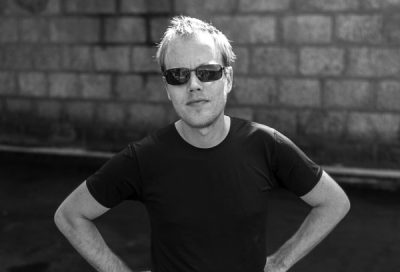
Meet… #2 | Gabrielius Varnelis
In the series ‘Meet…’, we get a look behind the scenes at GROUP A. Meet Gabrielius Varnelis. He started at GROUP A two years ago, after he graduated from the Vilnius Gediminas Technical University in Lithuania. Gabrielius began as a trainee in the field of urban design, but he gradually changed his interests. He is a junior architect and is currently working on projects like Harderwijk Station Area and Forum Utrecht Central Station. Gabrielius works for the architecture office. At the same time, he is finishing his Masters in Architecture at the Technical University in Delft. We offer him six ‘choose-between-two-‘-questions.
The biggest challenge for me as an architect is to
– Keep up with new technologies and science
– Hold on to my own signature
Gabrielius doesn’t hesitate for a moment when answering this question: ‘For me, it is the second one.’ He strongly believes that each architect has to develop his own style in architecture: ‘However, you always have to think about your role and responsibilities as an architect.’ He elaborates on how the user, the environment, and the way both evolve over time, have to be put central: ‘That is why it is so hard to maintain an own style.’
When starting with a new project, I more often tend to
– Have an idea first, which can be adjusted during the process
– Write down the process plan from beginning to end
‘I think it’s both’, Gabrielius answers. He adds: ‘Sometimes you have a strong idea or concept for the design, but as you move forward, it changes. Then, you need to step back in order to see the bigger picture and to change your original idea.’ He tells about a popular phrase at GROUP A, how architects are often forced to “kill their babies”. Gabrielius: ‘You cannot be too strict about your own ideas.’
Architects are
– Mostly artists
– Mostly entrepreneurs
Gabrielius says that in his opinion, architects need to be a bit of both: ‘You always have to recognize what is the cultural value of your work, but never forget about the realization of the idea. Your work might be beautiful, but if you are not an entrepreneur as well, you will never have the opportunity to make your work happen. It is transdisciplinary.’
Gabrielius tells that one of his colleagues at GROUP A, Adam Visser, often makes remarks on how keen he is to learn, and that he is always striving to endorse himself to both the artistic and the entrepreneurial elements of his work. Gabrielius: ‘Architecture actually covers a lot of spheres. It is not only about arts and business, but also about technology and even social awareness. We are a bit of everything, which is why I like to have state of the art-knowledge on all these departments.’
When finishing a project, I am
– Happy with the end result, and don’t look back
– Often preoccupied with thoughts on how I could have improved the project even further
To Gabrielius, it is the first: ‘There is always space for improvement, but at the same time I always try the best I can. This is why I don’t look back that much. If you tend to look at your work in retrospective a lot, you won’t be able to face new challenges.’
Colleagues describe me as
– A thinker
– A doer
To this question Gabrielius answers with what seems as a contradiction in terminus at first, mentioning that he ‘thinks he is a doer’. However, he explains: I do like to think before doing, but when I actually know how to do it, I am very focused and practical.’
And at work: is Gabrielius the serious one, or the one who cracks jokes? What would his colleagues say? He immediately answers: ‘Oh no, I am very serious, sometimes too serious!’ Then he begins to laugh. ‘You know what? I’m just going to ask them.’ It appears that he is quite serious, but certainly not too much.
During weekends, my mind is on
– Work; new projects and designs
– Family, friends and relaxation
Gabrielius says that he does not have much spare time. He does want to find the opportunity to meet new people when he is finished with his studies. He tells that he rather spends his spare time with people that are precious to him, than on leisure and entertainment. Gabrielius: ‘I value people that are close to me. Unfortunately I cannot see my family too often, because I live in another country. But every time that I have the opportunity, I visit them.’
The future
How does Gabrielius see his future? He answers that he hopes to finish his study successfully. He would like to keep working at GROUP A. Gabrielius loves that Dutch architectural offices do not have a singular approach. He concludes: ‘Perhaps, after some years, I can go back to Vilnius and apply the Dutch integral method in architecture over there.’

